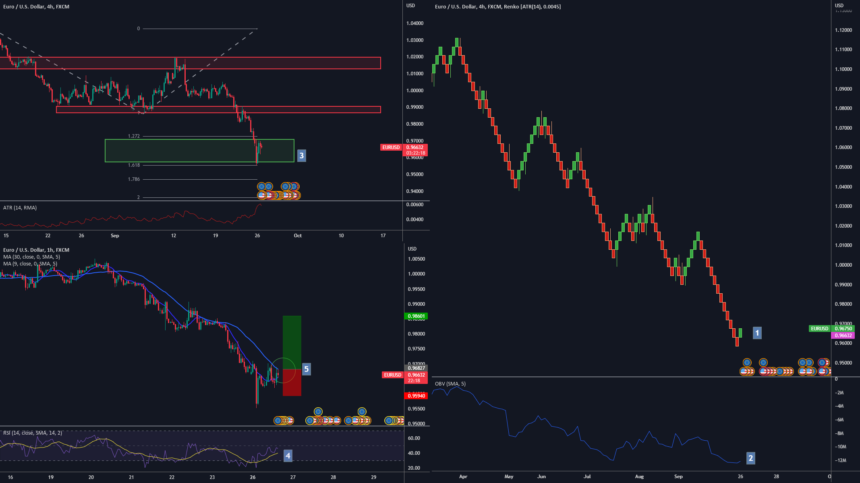TradingView is a popular charting platform that offers a variety of tools and resources to potential investors and traders to help them make informed decisions.
Investors can leverage the AI-based algorithms to analyze an underlying asset’s historical data and determine optimal portfolio allocations. Properly using these strategies can allow investors to fine-tune their investment strategies without risking capital.
In this article, we’ll help you uncover certain methods to use on the TradingView platform to optimize your investment strategies. Let’s begin!
Optimize Your Investment Strategy on TradingView
Here are the ways you can optimize investment strategies on TradingView.
1. Analyze Historical Performance
Using the TradingView platform’s backtesting tool, you can review the historical performance of your investment strategy and determine an optimal portfolio allocation.
You can also evaluate key metrics like profitability, win rate, drawdown, and adjusted returns. Hence, this feature alone can help you build a well-balanced portfolio properly along with your investment strategy.
2. Backtest and Validate Changes
Backtesting allows investors to refine their investment strategies considering the real-time historical data and validate the effectiveness of the changes. Hence, it will allow you to improve your investment strategies and perform consistently well across diverse market conditions and time frames.
3. Track Real-time Performance
In the TradingView charts, investors can potentially implement their strategy in a simulated trading environment to track its real-time performance. Evaluating the strategy’s performance in the demo environment before implementing it in the live market.
This simple method will build up your confidence in your investment strategy, as it will be more optimized now.
4. Adjust Parameters and Rules
TradingView allows investors to adjust certain parameters and increase the efficiency of investment strategy. It includes fine-tuning entry/exit criteria, adjusting position sizing or risk management techniques, modifying stop-loss and take-profit levels, and optimizing indicator settings.
These effective changes can drastically improve the efficiency of your investment strategy.
Investors should also utilize a 4-hour time frame with a possible 1 hour to confirm entry in the market. Utilizing 4-hour time frames instead of small time frames allows investors to avoid overtrading and potentially reduce the risks. However, beginning investors should not use scalping.
5. Implement Risk Management Measures
Investors have multiple risk management measures available on the TradingView platform to protect their capital and reduce losses during adverse market conditions. It includes risk-mitigating features like stop-loss orders, diversifying investment portfolios, and implementing position sizing rules.
6. Leverage Technical Analysis Tool
TradingView has multiple technical analysis tools, including indicators, oscillators, and drawing tools that you can use to determine an underlying asset’s trends, support and resistance levels, potential trade entry/exit points, and more.
These market analysis tools will directly contribute to improving the accuracy of your investment strategy.
7. Utilize Walk-Forward Analysis
Last but not least, walk-forward analysis is another effective method to validate the efficiency of your investment strategy by using multiple periods of historical data.
In this method, you divide historical data into segments, optimize your strategy parameters on one segment, and then evaluate the optimized parameters on subsequent segments. This method will allow you to ensure the robustness of your investment strategy.
Conclusion
In summary, TradingView is a known charting platform, offering investors a number of tools and resources to analyze market movements and craft effective strategies. We’ve mentioned seven effective ways above that can help you optimize your investment strategy. Do your research and implement what works for you.






